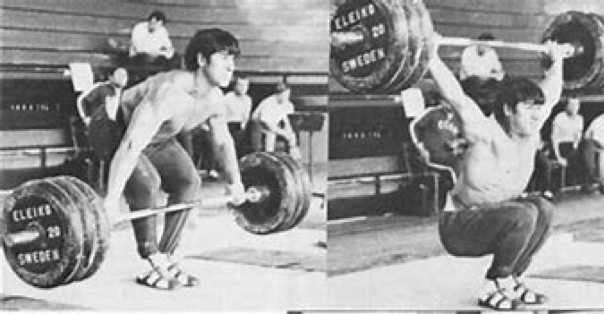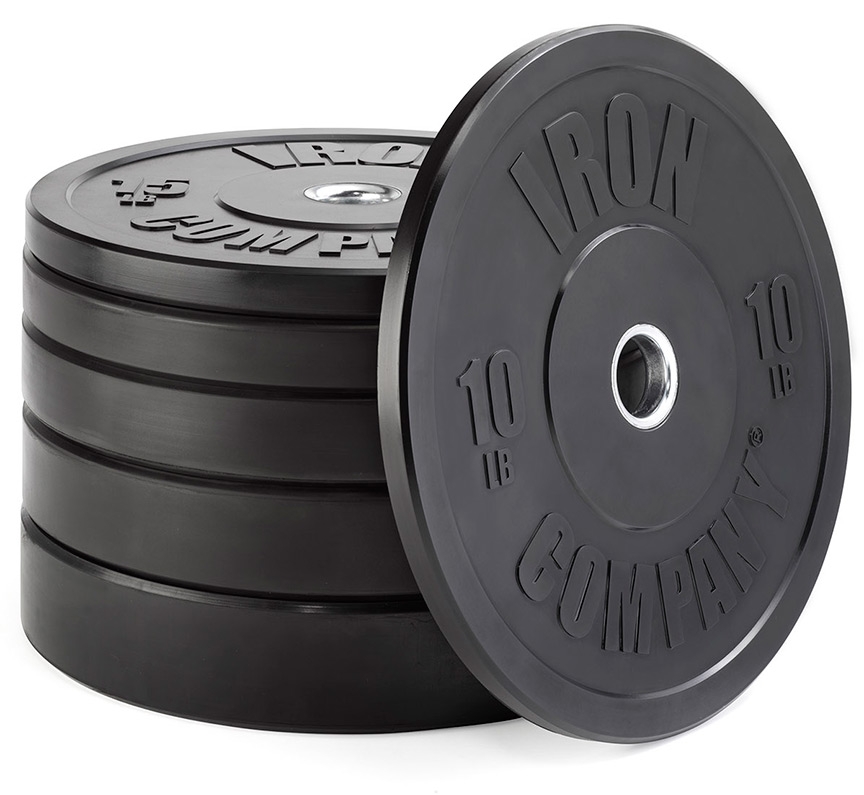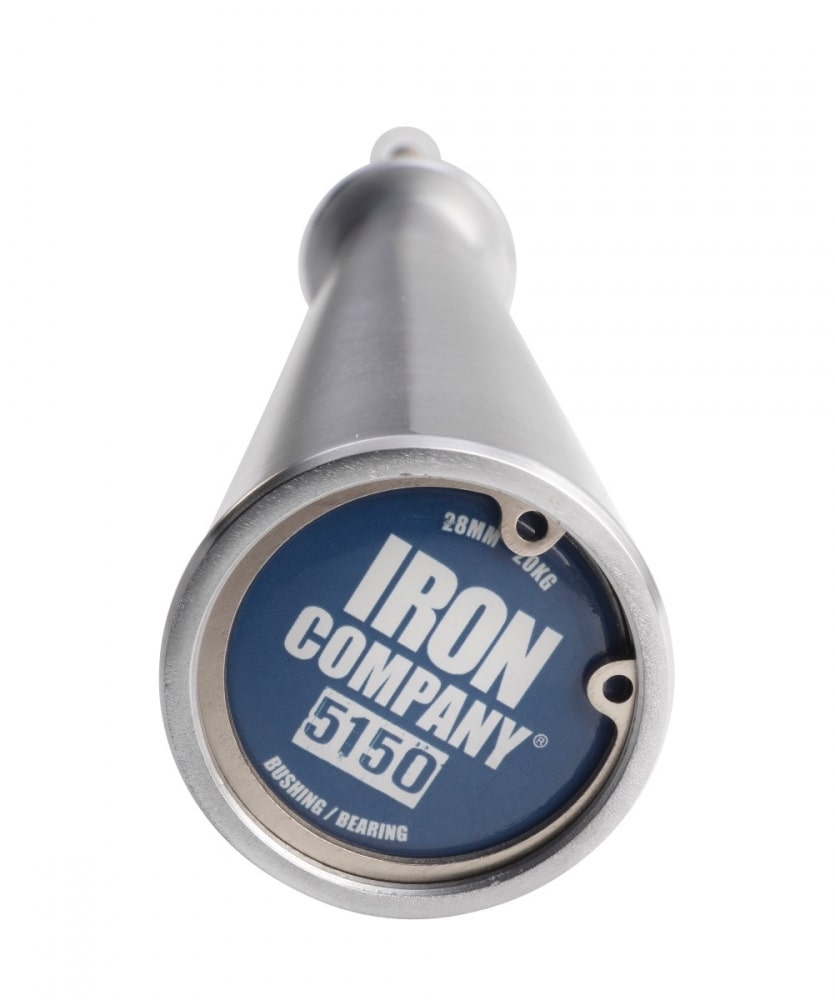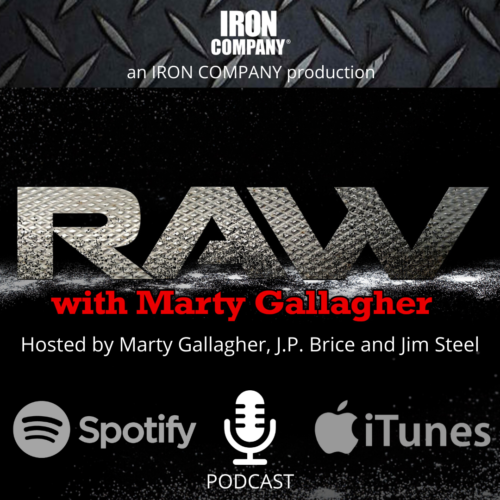
Olympic Lifting For Regular People
Olympic lifting - rather than done wrong better not done at all
David Rigert showing off above, snatching 308 lbs. keeping his ankles touching
Olympic lifting consists of two lifts: the snatch and the clean and jerk. In the snatch, the Olympic bar is pulled from the floor to all the way overhead, using a wide grip, in one unbroken movement. The clean and jerk is two parts: from floor to shoulders before ramming the shouldered barbell overhead. When the lifts are done properly, they are the ultimate expression of explosive strength. There are three generalized types of strength…
- Absolute strength: maximum payloads pulled and pushed for short distance without regard to velocity. Best exemplified by the powerlifts. Includes isometric and isotonic exertions.
- Explosive strength: moderate payloads pulled or pushed over long distances using maximum velocity. Best exemplified by the Olympic lifts. Payloads need be kept moderate so as to not compromise velocity.
- Sustained strength: light payloads pulled or pushed over varying distances. Low and high velocity. Best exemplified by kettlebells or sprinting. Sustained muscular contractions in a cardio format.
When it comes to building explosive strength, nothing tops Olympic weightlifting – Olympic lifting done right. Olympic lifting done wrong is dangerous. Olympic lifting is better not done at all then done wrong. Learning a full squat snatch or a deep squat clean is every bit as complex and nuanced as learning a sophisticated tennis serve, a baseball bat swing or a golf swing.
Olympic lifting is all about creating momentum. The barbell is pulled or pushed with such dynamism that the Olympic bar continues to travel upward even when the lifter ceases pulling or pushing. Momentum allows for transition. In that microsecond that the Olympic bar continues to move upward, the elite Olympic lifter flings himself under the bar and dips to catch the loaded barbell on the shoulder in a clean, or dips to catch the barbell overhead in a snatch, or splits to catch a jerk at arm’s length in the jerk. The Olympic bar is made to move fast and the lifter transitions faster.
Without explosiveness, there is no momentum; and without momentum there is no true Olympic lifting. You can “muscle up” a clean by doing an upright row followed by a reverse curl, jerks can be turned into presses by doing them slow. You can “goon” up a lot of weight – but that isn’t Olympic lifting. Bill Starr, my writing and lifting mentor, once noted, ‘let go of a powerlifting deadlift and the barbell drops like a guillotine. Let go of a snatch pull done by an elite lifter and that barbell will continue to move upward.’ The more momentum the lifter can generate, the more time the lifter has to leap underneath. How do we learn to generate momentum?
Start off handling super-light poundage. Stay there until the technique is not just learned, but ingrained. From there, increase ever-so-slightly, making sure there is no degradation in bar velocity. The whole game is, over time, being able to move more and more weight while retaining the speed you were able to effortlessly generate handling that empty barbell.
Ten weeks down the road, and if you’ve done it right, you are now handling 100-pounds more than your empty-bar jump-in weight. And despite adding 100-pounds to the weight, you still generate momentum. By concentrating on explosiveness momentum is attained and the Olympic lifts remain as intended: the ultimate expressions of explosive strength.
The “momentum lifts” are, the power clean, full squat clean, power snatch, full squat snatch, clean & jerk and jerk off the racks. Go to YouTube and educate yourself on how to do these lifts. Study the great lifters. There are numerous “training hall tapes” and instructional videos. Just make sure your O-lift training source has academic, athletic or coaching credentials. Why take advice from less than the best? Get advice from great Olympic lifters and the great O-lift coaches, men that have produced national and world champions.
Olympic lifters will augment their snatches and clean and jerks with back squats and front squats. One additional lift everyone agrees is a must-do lift for beginners and those new to Olympic lifting: the overhead squat. The barbell is gripped using a wide, snatch-width grip. Power snatch the empty barbell overhead. Now, with the barbell locked out in finished snatch position, begin squatting down: all the way down, keep the barbell locked out overhead. The depth is everything.
The wide-grip overhead squat is a precursor to being able to perform the full squat snatch. The overhead squat teaches the lifter to maintain balance while shifting positions under load. Overhead squats also improve shoulder flexibility and tight shoulders are a major problem for most athletic men with iron backgrounds new to Olympic lifting. There is no better way to loosen tight shoulders than to master overhead squatting.
Start with a broomstick or PCV pipe when learning to overhead squat. Graduate to an empty Olympic bar, 45-pounds. Get loose and comfortable with the empty bar before proceeding. This could take weeks. Be patient, lay a proper technical foundation before adding weight plates or bumper plates. Use the overhead squat as a warm-up for regular squats on leg day. Once able to perform sets of 3 to 5-reps in the overhead squat, ass-on-heels, add no more than 5 to 10-pounds. Ingrain the new poundage. Don’t rush on past. You might need to work with a weight for 3-4 consecutive sessions before total overhead squat master is attained.
Insofar as how to begin incorporating the Olympic lifts, everyone starts with the power clean. This is the classic, ‘entry-level’ lift for teaching athletes how to O-lift. Learn how to generate real upward momentum in your pull. Put your ego in a box and learn how to power clean with an empty barbell. No skipping ahead to 135 lbs. because you are “so strong.”
One and two rep sets are the modern norm for the in-the-know modern Olympic lifter. Groove the technique: Olympic lifters bow the spine and start with their shoulders in front of the Olympic bar. They use a thigh bounce as a momentum accelerator and learn how to “leap and slap feet” when shifting from pulling to catching.
Absolute strength emphasizes the negative portion of the rep (in the squat, bench press, deadlift.) In Olympic lifting the negative is purposefully avoided – totally and completely. No negative reps. Why? Explosive strength is different from absolute strength. Absolute strength takes advantage of the coiling attributes of the negative: the perfect negative builds coiling push-power for the low velocity concentric. Moving massive weights for short distances requires a controlled negative rep.
In Olympic lifting the goal is to explode the concentric – a ‘loaded’ negative interferes with maximally explosive concentric. The modern Olympic weightlifter pulls their cleans or snatches to completion and drops them: no lowering, drop the barbell from shoulder height or drop it from overhead. An eccentric rep interferes with the central nervous system’s ability to excite and instantaneously recruit muscle fiber bundles that must fire simultaneously.
If you are doing any Olympic lifting, always do the O-lifts first in the workout, when the central nervous system is freshest and without fatigue. Only do singles and doubles: this way, velocity doesn’t taper off to an unacceptable degree, as it would with a 3rd rep using limit poundage. One rep explosively – yes – two super explosive reps – okay – three maximally explosive reps with no degradation?? No way!
Pro Olympic lifters do 1-2 reps and no more. I like this super-low rep approach. I think too many modern trainees do way too many high reps. A good dose of singles and doubles in the power clean is a fabulous way to commence “back day.” Follow up power cleans with the absolute strength stuff: the deadlifts, rows, pulldowns and prone hypers. Always start with the quick lift. Attack the CNS while fresh. Moving moderate payloads for low reps at maximum velocity is the finest possible way to begin a hardcore back session.
Ideally, the complete athlete includes all three types of strength in their training template. Add some intense sprinting, perhaps some high-volume kettlebell work. Running up step hills is certainly a great example of sustained strength. Those that master the quick lifts improve their athletic quickness and explosiveness. Proper Olympic lifting makes any athlete better. What could be easier than adding some 1-2 rep sets of power cleans to start back training day? Make haste slowly.
About the Author
As an athlete Marty Gallagher is a national and world champion in Olympic lifting and powerlifting. He was a world champion team coach in 1991 and coached Black's Gym to five national team titles. He's also coached some of the strongest men on the planet including Kirk Karwoski when he completed his world record 1,003 lb. squat. Today he teaches the US Secret Service and Tier 1 Spec Ops on how to maximize their strength in minimal time. As a writer since 1978 he’s written for Powerlifting USA, Milo, Flex Magazine, Muscle & Fitness, Prime Fitness, Washington Post, Dragon Door and now IRON COMPANY. He’s also the author of numerous books including Purposeful Primitive, Strong Medicine, Ed Coan’s book “Coan, The Man, the Myth, the Method" and numerous others. Read the Marty Gallagher biography here.




